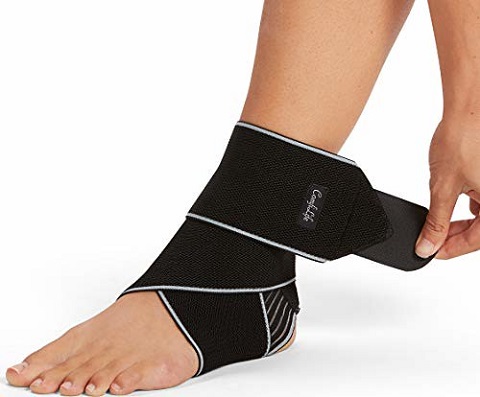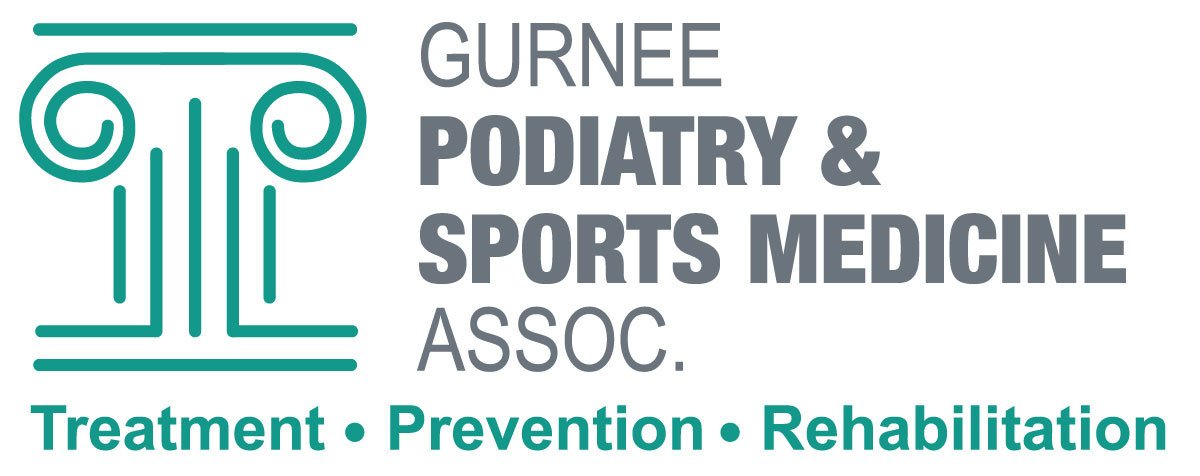How Wearing Foot & Ankle Braces Helps
Though it’s crucial to keep your feet and ankles in good condition to enjoy comfortable movement and a good range of motion, this isn’t as easy as it seems. Foot and ankle injuries are incredibly common. Each year, over 53,000 foot injuries lead to missed days at work. Ankle sprains alone affect seven in every 1,000 Americans, accounting for 40% of all ankle injuries. Ankle and foot braces are one of the easiest and most common treatment options for these types of injuries. Understanding their benefits and uses will equip you to better care for your ankles and feet.
The Benefits of an Ankle Brace

Your doctor may recommend an ankle brace if you’re suffering from an injury or other condition that causes pain, discomfort, or instability in your ankle. This type of support provides many meaningful benefits to this crucial joint.
Proper Alignment
An ankle brace can support the proper alignment of your ankle as it’s recovering from an injury. This stability will help minimize scar tissue formation while supporting proper healing and keeping pain under control. In the case of a fracture, an ankle brace can also ensure that your bones are properly aligned throughout the healing process, likely preventing later surgery.
Pain Management
Conditions such as arthritis are often associated with joint pain. An ankle brace can help immobilize the joint and minimize discomfort. If you have arthritis, your doctor may recommend wearing a brace overnight or when your joints are especially irritated.
Patients with diabetes can also benefit from an ankle brace, which provides soothing compression for swollen joints.
Injury Prevention
An injury such as an ankle sprain stretches the ligaments in your ankle, loosening them and decreasing the ankle’s support. Each ankle sprain increases the likelihood of a future sprain or other ankle injury, and repeated sprains may result in chronic ankle instability.
Wearing the proper ankle brace can help prevent future ankle injuries if this joint is already compromised. Bracing the ankle is especially important while a sprain is healing so you can prevent reinjury and ongoing instability.
In some cases, you might wear an ankle brace preemptively to prevent an injury before it occurs. In certain athletics, you may find that an ankle brace is recommended to provide support as you’re strengthening this muscle or engaging in risky motions.
Slower Disease Progression
Many conditions affect the joints, including osteoarthritis, rheumatoid arthritis, and scoliosis. Properly bracing your ankle can help to prevent these conditions from worsening. Though it’s not always possible to stop the progression of a chronic disease entirely, you can minimize its impact and slow it down.
The Benefits of a Foot Brace
A foot brace helps support and cushion your foot in essential areas to provide pain relief, support, stability, and recovery. Using a foot brace as recommended by your doctor offers several benefits.
Support and Stabilization
Foot braces help stabilize the ligaments in your foot. By preventing excessive movement, these braces minimize stress on those ligaments and give you greater support, enabling you to walk comfortably and confidently. Custom orthotics can provide tailored support that targets the problem area exactly.
Load Distribution
An orthotic foot brace can provide padding or contouring in specific areas to adjust the load distribution for your feet. Properly distributing weight across your feet can help ease pain and undue stress in this part of the body.
Balance
It’s crucial for patients to have the ability to maintain proper balance. A stroke or other injury may make maintaining balance on your own impossible. If you’re unbalanced when moving about, you’re constantly at a greater risk of injury.
Types of Foot and Ankle Braces
Foot and ankle braces come in many different forms. Your doctor may prescribe a soft, flexible brace or recommend a more rigid and constricting brace. Each option has its benefits and is designed for unique purposes.
General Support Braces
A general support brace is a stirrup or sleeve that fits snugly around the foot or ankle. This type of brace is designed to increase kinesthetic awareness, which is your body’s key recognition of how the foot and ankle are oriented. When the body is aware of hazardous motions, like the rolling of an ankle, it responds instinctively to counteract this movement. A general support brace helps enhance this natural reaction while providing added strength around the joint.
Motion-Specific Braces
A motion-specific brace is designed to prevent a particular type of movement. This brace will restrict movement in one direction without inhibiting your movement in other ways. These braces are smaller and less cumbersome because their design is hyper-focused on a single purpose.
Condition-Specific Braces
A condition-specific foot or ankle brace addresses one particular concern. These are the most specialized braces and may provide any combination of cushioning, immobilization, kinesthetic awareness, compression, and support in the needed areas depending on your condition.
Signs You Might Need a Foot or Ankle Brace
An ankle or foot brace is a common part of the treatment or rehabilitation for conditions such as ankle sprains, plantar fasciitis, arthritis, Achilles tendonitis, or bunions. If you’re being treated for these or similar conditions, your healthcare provider will probably recommend a foot or ankle brace and provide a specific product or purchase suggestions.
You may want to make an appointment with your doctor to discuss using a foot or ankle brace if:
- You’re having difficulty with balance.
- Your feet hurt regularly.
- Your ankle rotates too easily.
- You’ve suffered a foot or ankle injury.
- You have a condition that affects your feet or joints, such as diabetes or arthritis.
Get a Professional Consultation in Chicago, IL
If you’re dealing with pain or an injury affecting your ankle or foot, it’s best to seek medical care as soon as possible. These injuries may worsen if not properly treated. Dr. Bever, Dr. Joseph, & Dr. Schoene in Chicago, Illinois, can fabricate custom orthotics for a variety of issues. Contact us today to make an appointment or learn more.
